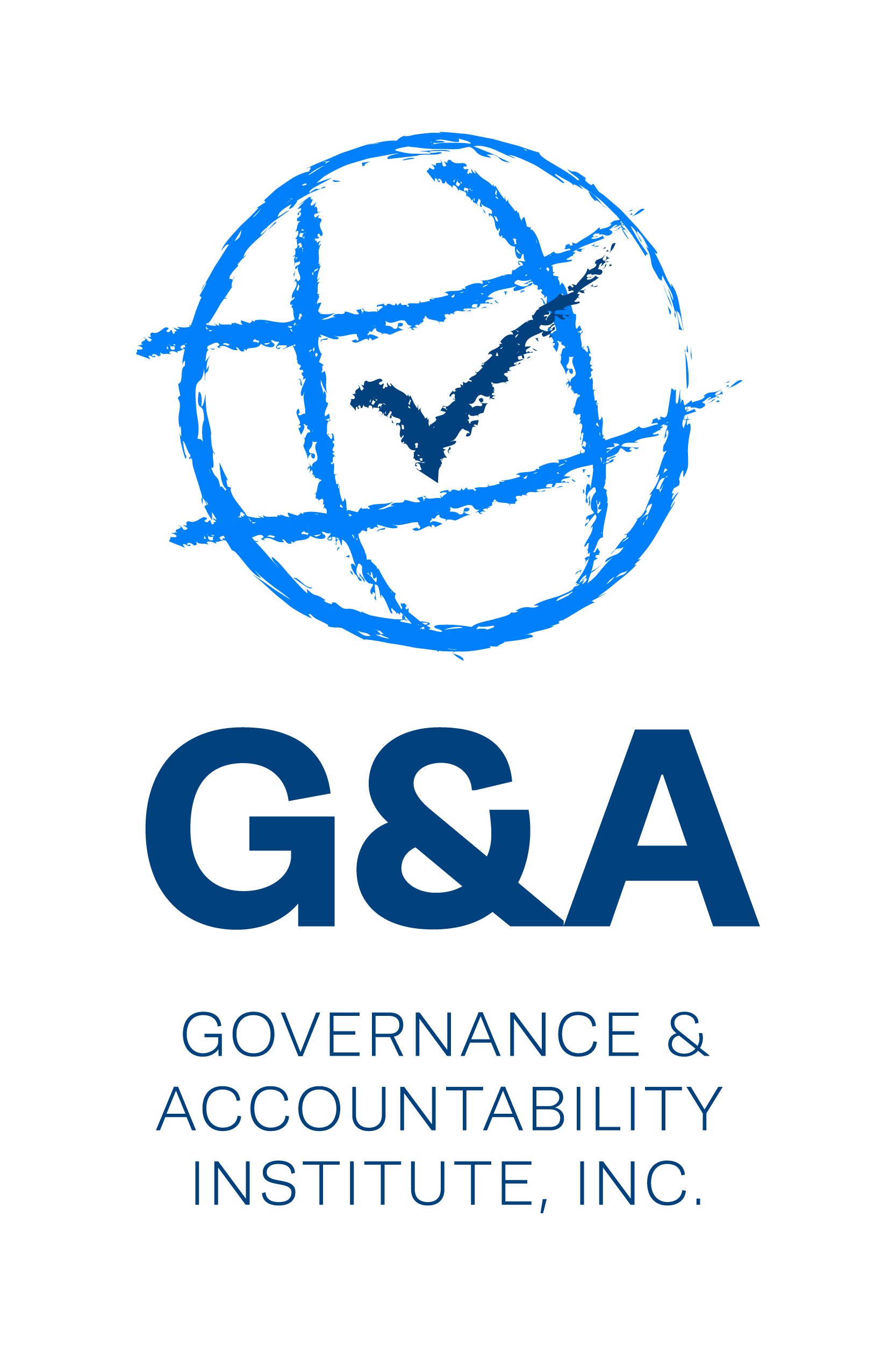New York State’s Common Fund and ESG Principles at Work
G&A's Sustainability Highlights (06.15.2023)
When “New York” is mentioned, as in New York City and New York State, we often hear descriptions in superlatives. Such as: long -time capital of journalism, publishing, broadcasting, fashion, and design. As a global leader in trade, capital markets and finance. Home to the largest asset management firms in the world, such as BlackRock, which manages almost $10 trillion in its own and client assets.
And as described in our Top Story below, New York is positioned as a power center for promoting responsible ESG practices through its sustainable investment and activism, led by New York State Comptroller Thomas DiNapoli -- one of the nation’s leading institutional investors managing significant sums of public sector monies.
The New York State Common Retirement Fund (Common Fund) is ranked #3 largest in U.S. public employee investment systems with $240 billion in assets under management. #1 is the California Public Employees Retirement System (CalPERS) and #2 is California State Teachers Retirement System (CalSTRS). Among these, the Common Fund is unique in that there is a single trustee – the statewide elected comptroller, who has now served in the post for more than 15 years.
The NY State pension system serves 1.2 million beneficiaries – about 700,000 current and 500,000 retired employees of NY State government (state, county, municipal levels). Under Comptroller DiNapoli, the Common Fund became a leader in ESG activism, promoting change at companies in its portfolio.
Examples of the Common Fund’s ESG investment activism: recently, the Comptroller’s office reached an agreement with a number of large-cap companies to set new GHG emissions targets and regularly report progress to the state as an important part of the Common Fund’s own drive to achieve net zero GHG emissions by Year 2040.
In its ESG proxy activism, other examples of recent achievements include getting Warner Bros/Discovery to agree to public disclosure of the company’s political contributions; and, Amazon agreeing to conduct a “racial equity audit” for its facilities. The Common Fund has been active in annual proxy seasons, filing almost 500 shareholder proposals at about 270 publicly-traded companies over the past decade. While such vote outcomes are “advisory” and not binding on board and management, the Common Fund has been able to effect change in corporate policies and actions with its ESG activism.
A recent profile published in Newsday focuses on the Common Fund’s ESG policies and activities to reduce risk and increase profit, which in turn will increase the Common Fund’s returns and assets. ESG for Comptroller DiNapoli and his management team is seen as a risk mitigation strategy.
According to the Newsday profile, the Common Fund had overall average returns of almost 10% over the past decade on all assets and an average of 14% per year on its publicly-traded corporate equities investments (about 35% of all holdings). This is on par with average returns in the S&P 500 Index® over the same period, the index representing about 85% of total investable equities.
Also, worth mentioning in terms of New York ESG activism: the five New York City funds with elected Comptroller Brad Lander oversight. These funds are active on many of the same ESG issues during the year (with corporate engagements) and at proxy voting time.
Of course, the Common Fund and the New York City funds’ activities now draw pushback by Republican-led states and right-of-center forces. Florida and other states are adopting laws to bar fund managers from using ESG investment strategies. Comptroller DiNapoli’s response: ESG principles are not used to guide Fund investments; if companies in its portfolio have practices or policies that are lacking on ESG principles, then change is sought through shareholder proposals.
We believe our Top Story is well worth a read to help in understanding the key role that the Common Fund and Comptroller Tom DiNapoli are playing in the current culture war skirmishes over ESG investing.
This is just the introduction of G&A's Sustainability Highlights newsletter this week. Click here to view the full issue.

